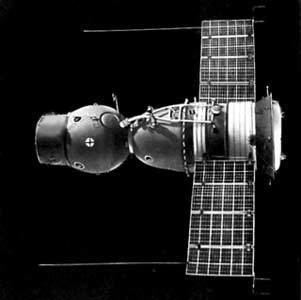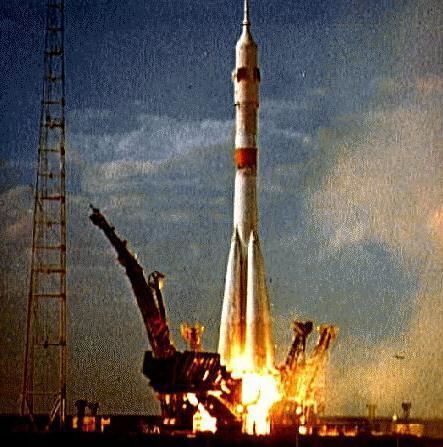Orbits completed 288 Period 1.5 hours Launch date 1 June 1970 | COSPAR ID 1970-041A Dates 1 Jun 1970 – 19 Jun 1970 Landing date 19 June 1970 | |
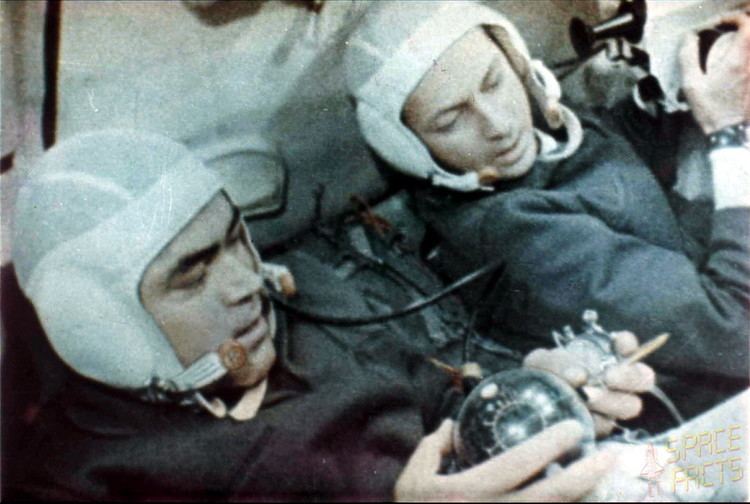 | ||
Mission duration 17 days, 16 hours, 58 minutes, 55 seconds Manufacturer Experimental Design Bureau OKB-1 Members | ||
Soyuz 9 (Russian: Союз 9, Union 9) was a 1970 Soviet manned space flight. The two-man crew of Andrian Nikolayev and Vitali Sevastyanov broke the five-year-old space endurance record held by Gemini 7, with their nearly 18-day flight. The mission paved the way for the Salyut space station missions, investigating the effects of long-term weightlessness on crew, and evaluating the work that the cosmonauts could do in orbit, individually and as a team. It was also the last flight of the first-generation Soyuz 7K-OK spacecraft, as well as the first manned space launch to be conducted at night. To date, Soyuz 9 marks the longest manned flight by a solo spacecraft.
Contents
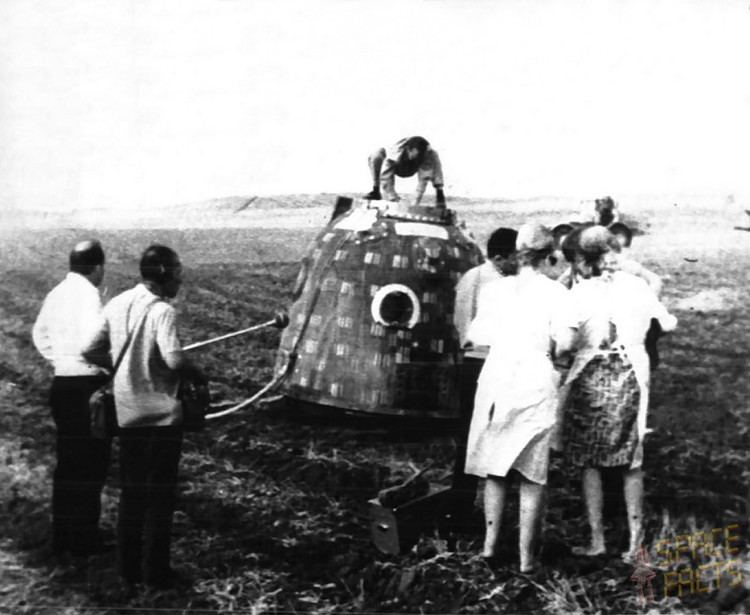
Soyuz 9
Mission highlights
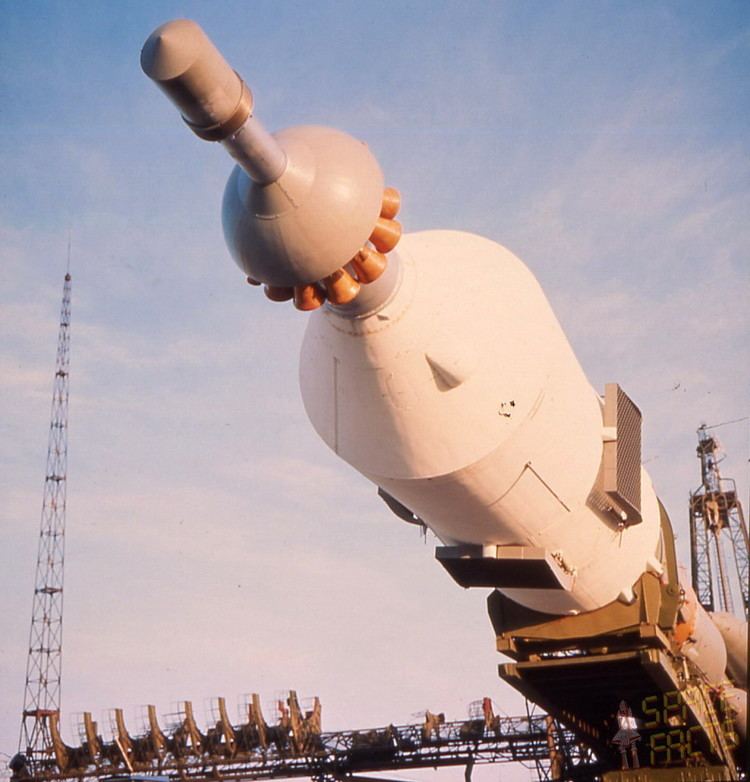
Commander Andriyan Nikolayev and flight engineer Vitaly Sevastyanov spent 18 days in space conducting various physiological and biomedical experiments on themselves, but also investigating the social implications of prolonged spaceflight. The cosmonauts spent time in two-way TV links with their families, watched the World Cup football game, played chess (including this chess game with the crew as white; it was the first chess game played across space) with ground control, and voted in a Soviet election. The mission set a new space endurance record and marked a shift in emphasis away from spacefarers merely being able to exist in space for the duration of a long mission (such as the Apollo flights to the moon) to being able to live in space.
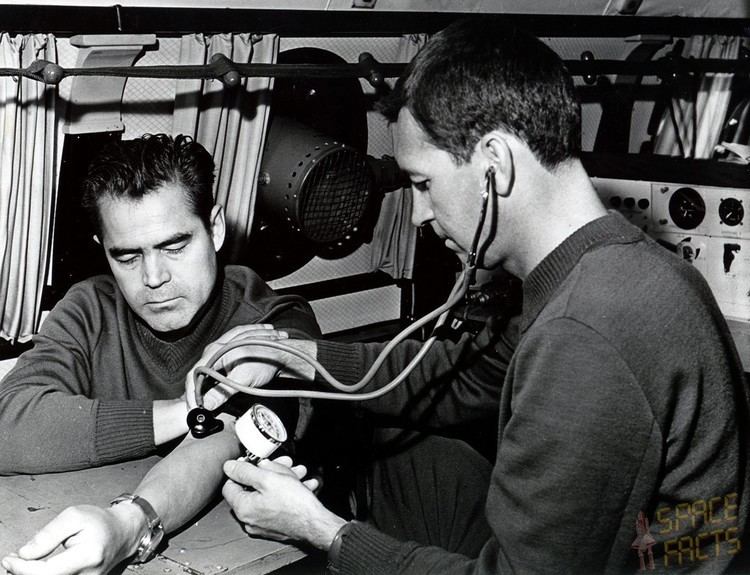
The mission took an unexpected physical toll on the cosmonauts; in order to conserve attitude control gas during the lengthy stay in orbit, Soyuz 9 was placed in a spin-stabilization mode that made Nikolayev and Sevastyanov dizzy and space sick. When landing finally came, they required help exiting the descent module and were virtually unable to walk for a few days. Nonetheless, this experience proved the importance of providing crews with exercise equipment during missions.
Mission parameters
